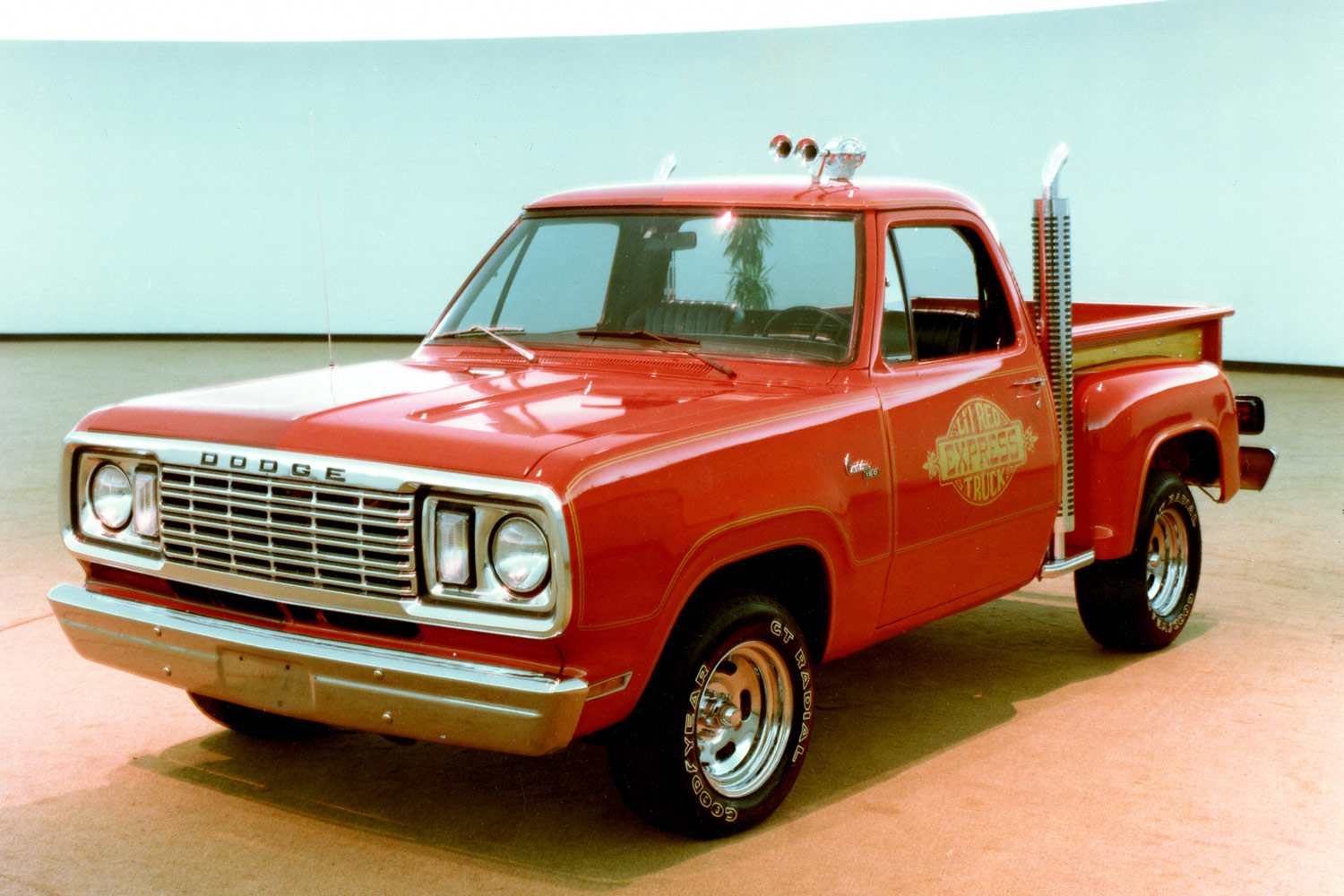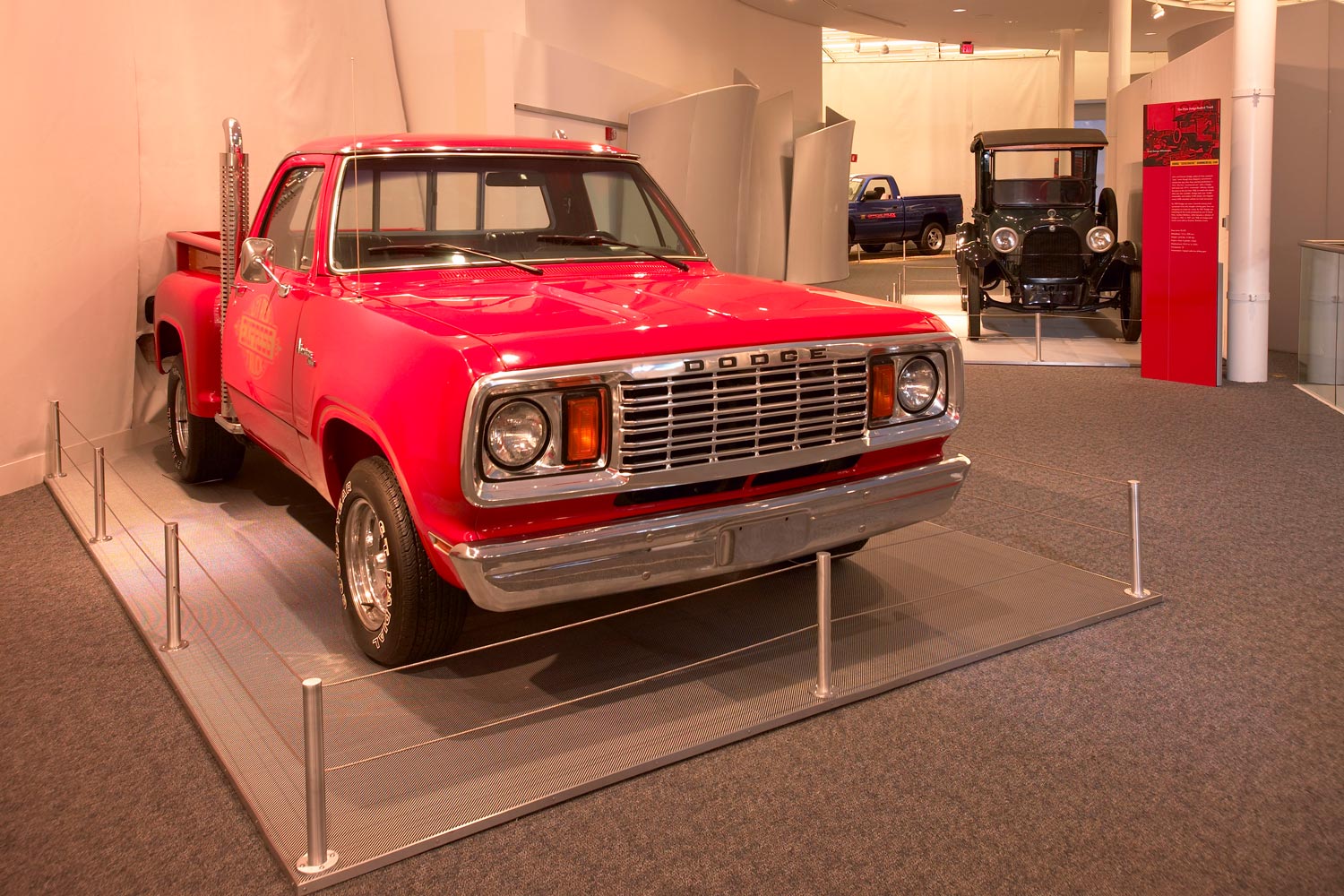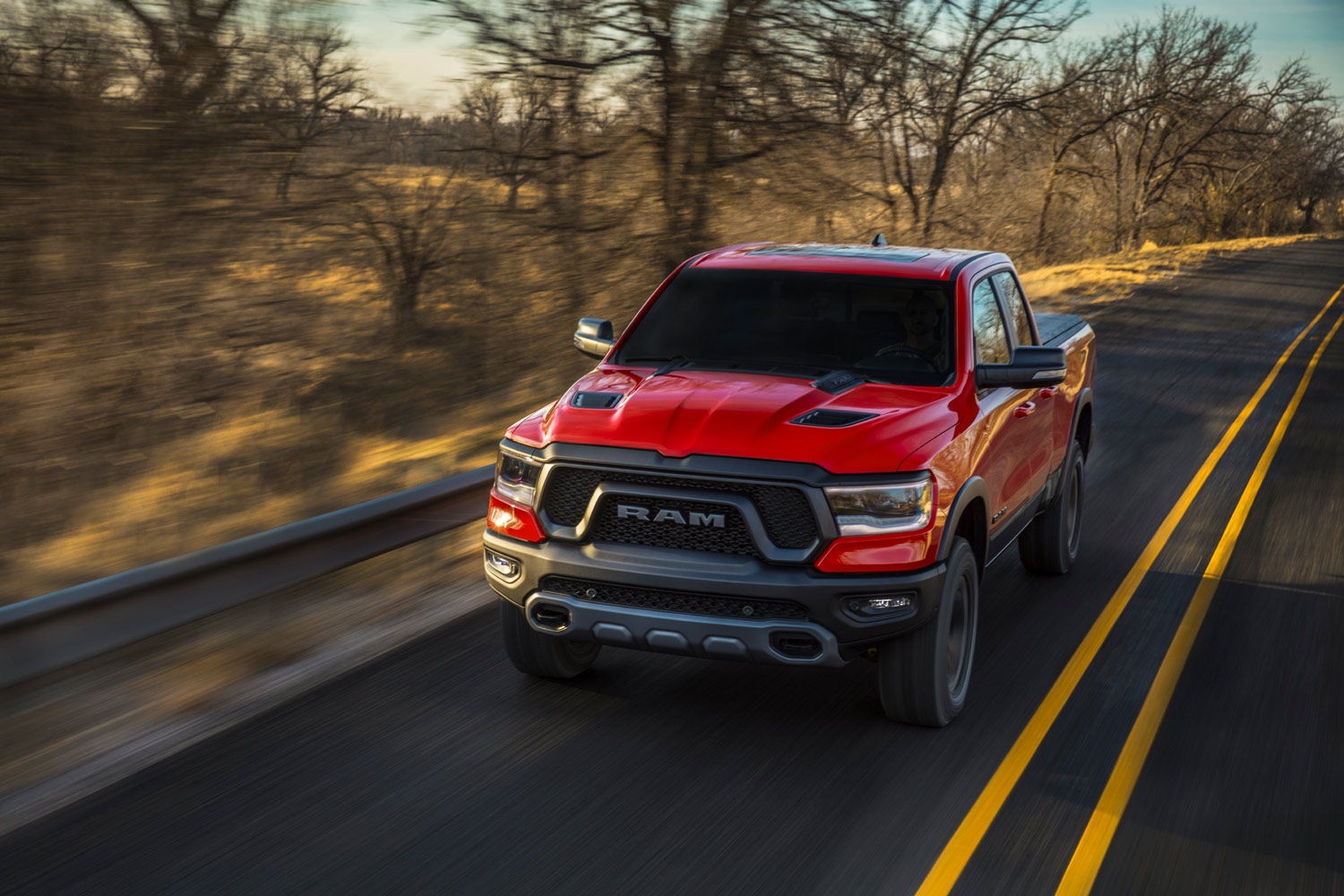Performance Trucks: Dodge Li'l Red Express
Dodge exploited a loophole in emissions regulations to build its first muscle truck.

Article QuickTakes:
Part of Dodge's Adult Toys range of trucks, the Li'l Red Express was designed as a muscle car with a cargo box. It was initially developed to take advantage of a loophole in then-new emissions regulations, and it was released for 1978 as a limited-edition model with a powerful V8 and a head-turning exterior design.
Government officials unknowingly set the stage for the Li'l Red Express when they passed the Clean Air Act of 1970. Signed by Richard Nixon, this far-reaching law paved the way for emissions regulations and ultimately made the catalytic converter mandatory on all new cars starting in 1975. While this device reduces air pollution, it also lowers an engine's output by increasing back pressure in the exhaust system. Dodge read the fine print and found a way around the new rules.

A Light Trucks Exemption Set the State for the Dodge Li'l Red Express
The fuel economy standards established in the Clean Air Act initially didn't apply to light trucks with a gross vehicle weight rating (GVWR) of at least 6,000 pounds. This exemption allowed Dodge to create a pickup with muscle-car-like performance without summoning the government's dark cloud of disapproval. Starting with a two-door Dodge D150, one of the Ram 1500's predecessors, the firm installed a 360-cubic-inch (5.9-liter) V8 fitted with several performance- and durability-oriented upgrades and bolted it to a modified three-speed automatic transmission. Dodge quoted an output of 225 horsepower and 340 lb-ft of torque.
Designers set the Li'l Red Express apart from the D150 with a pair of semi-truck-like exhaust stacks, Bright Canyon Red paint, and edition-specific decals, among other styling cues.
The muscle truck was a hit: Dodge initially capped production at 2,000 units but ended up making 2,188 in 1978. The second series released for 1979 featured several changes, such as dual rectangular headlights, and it received catalytic converters — the government had closed the loophole by raising the exemption limit to 8,500 pounds.
These changes didn't curb the truck's appeal: Dodge built 5,118 second-series models. Production ended after the 1979 model year.
 Dodge
Dodge
Modern Dodge Li'l Red Express Values
The Li'l Red Express had no direct rivals when it was new, and it wasn't directly replaced. That makes it relatively rare, and it stands out as one of the most sought-after trucks of its era. Hagerty pegs the value of a 1978 example in "good condition" at $25,500 and values a 1979 example in the same condition at $21,600, though well-preserved 1978 models that haven't been significantly modified trade hands for the price of a new truck.
 Ram
Ram
Is There a Modern Equivalent?
Street-focused high-performance trucks belong to a bygone era; Ram's modern muscle truck, the 702-hp 1500 TRX, has been designed for off-roading. Exhaust stacks aside, the closest enthusiasts can get to configuring a new, Li'l Red Express-like truck without turning to the aftermarket is by starting with the Rebel trim that features a sportier-looking exterior design. Stick with rear-wheel-drive, select the 395-hp 5.7-liter Hemi V8 priced at $2,995, and add the G/T Package that bundles features such as leather- and vinyl-upholstered bucket seats and a Mopar cold-air intake system. Ram charges $2,995 for the package, but ticking that box requires adding the Rebel Level 2 Equipment Group that costs $4,495.
The catch is that your modern-day Li'l Red Express will have four doors. Ram no longer offers a single-cab version of their modern 1500. Flame Red is a no-cost paint color, so a Li'l Red Express-like 2023 Ram 1500 Rebel costs about $66,000.



